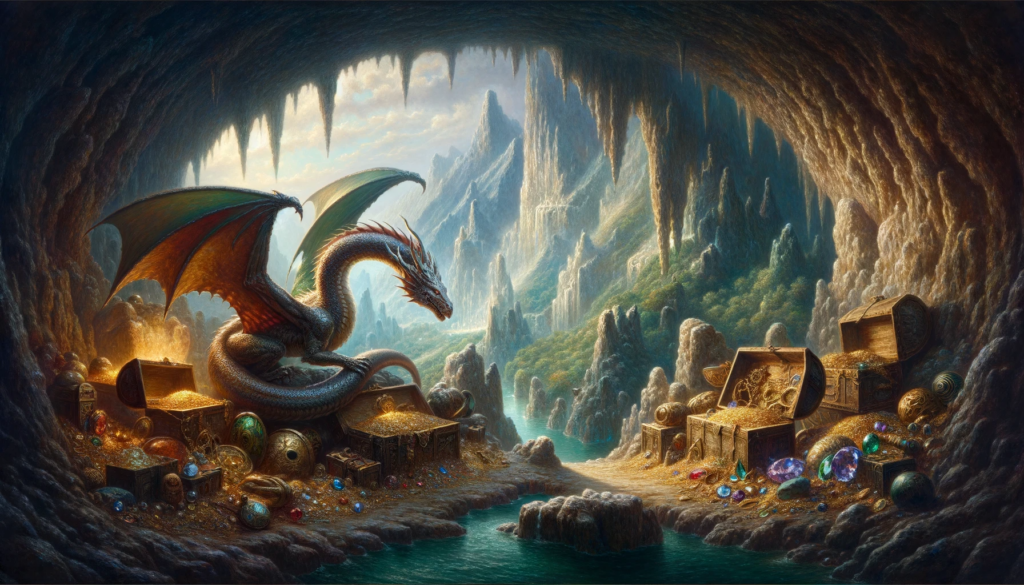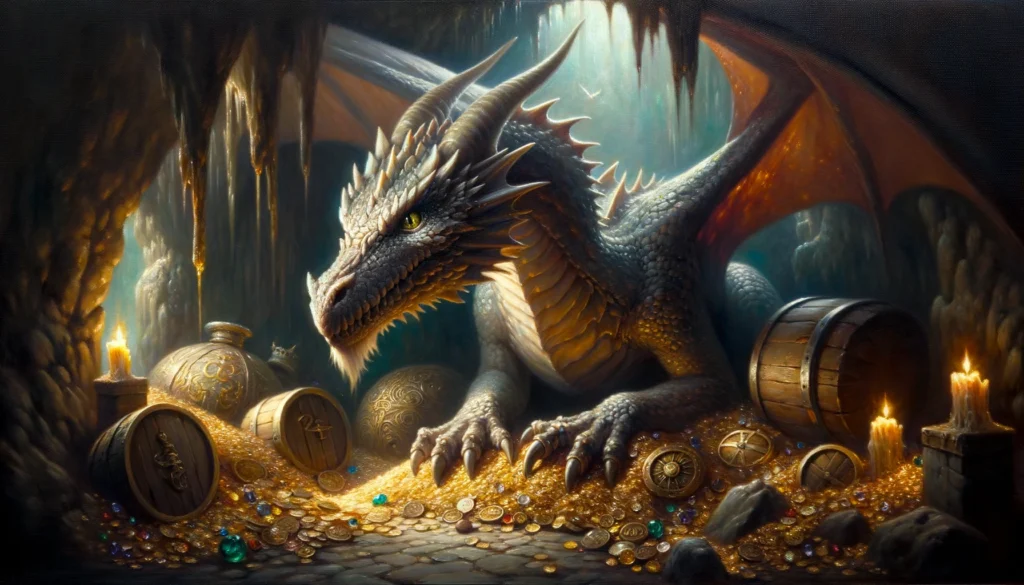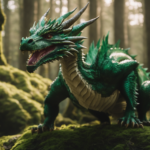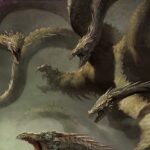Introduction to the Drake Dragon
Dragons have been a prominent figure in mythologies and folklore across the globe for centuries. These majestic creatures have taken on various forms and attributes in different cultures, and one of the most intriguing dragon variations is the Drake Dragon. Although it might not be as widely known as some of its mythical counterparts, the Drake Dragon has a captivating story that deserves exploration.
The Origin of the Drake Dragon
The term “Drake” originates from the Old English word “draca,” which simply means dragon. In medieval European folklore, a Drake was often depicted as a lesser dragon or a serpent-like creature with wings but without the full majesty of the traditional dragon. Unlike the grandiose, fire-breathing dragons of European legends, the Drake Dragon was often seen as a smaller, more agile, and less fearsome beast.
Physical Characteristics
The physical appearance of a Drake Dragon varies from one legend to another. Some descriptions portray it as a winged serpent with no limbs, while others give it small, vestigial legs. However, one consistent feature is the presence of wings, which, although smaller in size compared to other dragons, enable this dragon to fly. Its scales are said to shimmer with a variety of colours, often resembling precious gemstones.

Abilities and Behaviour
Unlike the fire-breathing dragons of lore, Drake Dragons were typically not associated with destructive capabilities. Instead, they were often depicted as guardians of hidden treasures, secret caves, and mystical places. Some stories even suggest that they had the power of speech and could communicate with humans, albeit rarely.
In some legends, they possessed the ability to control the weather, particularly storms. This was seen as a display of their connection to the natural world and their role as protectors of the environment.
Legends and Cultural Significance
The Drake Dragon made appearances in the folklore of various European countries. In Germanic mythology, it was known as the Lindwurm, and in English folklore, it was sometimes associated with local legends of “worms” that terrorised villages.
One famous legend involving a Drake is the story of the Lambton Worm in County Durham, England. In this tale, a young man named John Lambton encounters a serpent-like creature while fishing, which later grows into a monstrous worm. The Lambton Worm became a symbol of evil and had to be defeated by John Lambton, illustrating the Drake Dragon’s dual role as both protector and threat.
Drake Dragon – a Conclusion
The Drake Dragon, though lesser-known than its more famous dragon counterparts, is a fascinating figure in the world of mythology. Its unique attributes, varied appearances, and cultural significance make it a captivating subject for those interested in the rich tapestry of mythical creatures. While the Drake Dragon may not breathe fire or lay waste to entire kingdoms, it serves as a reminder of the diverse and imaginative ways in which humans have woven stories about the mysterious and awe-inspiring creatures that inhabit their collective imagination.
For more dragon content please subscribe to the Everything Dragon YouTube Channel or follow us on Instagram




